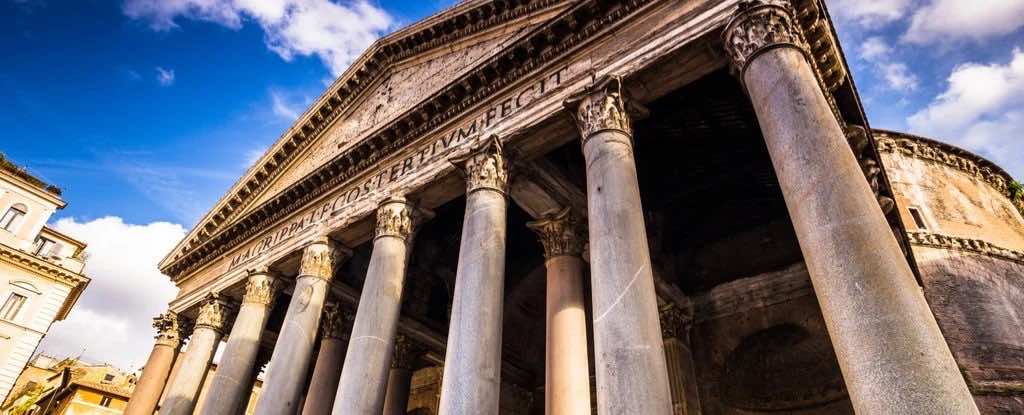Modern-day engineers applied a similar technique to build a sound nuclear power plant.
The Romans were well aware of how to build sustainable concrete that lasts for centuries. The world has examples of Roman-built structures as old as 2000 years.
Researchers from Nagoya University Japan have found a unique mineral now known as “Aluminous Tobermite,” which allows them to safely test these historic structures.
Similar material was traced in the concrete walls of a decommissioned nuclear power plant in Japan. The researchers knew that this material strengthened the structure nearly three times than the concrete’s actual strength.
Ippei Maruyama, an environmental engineer at Nagoya University, said, “We found that cement hydrates and rock-forming minerals reacted in a way similar to what happens in Roman concrete, significantly increasing the strength of the nuclear plant walls,” she stated this while explaining how the strength of the concrete grew.
Seawater and volcanic ash used in the Roman concrete are the main components due to which it has been able to survive millennia. These two components combined form aluminous tobermite about which we mentioned earlier as well.
This rare and unique material is in crystals, making the concrete much stronger with better chemical stability.
Mixing aluminous tobermite with the concrete makes it stronger; the tricky and the difficult part are mixing it with modern-day concrete.
The university research team took samples of the Hamoaka Nuclear Power Plant concrete walls. The plant was operational between 1976 and 2009, and its concrete walls formed the rare substance “Luminous Tobermite” due to the inside environment. The reason for it is that the walls absorb moisture; hence, it retained the substance.
The university research team said, “Minerals used to make the concrete reacted in the presence of this water, increasing availability of silicon and aluminum ions and the alkali content of the wall. This ultimately led to the formation of aluminous tobermorite.”
Now the team is working to make ways so that concrete lasts longer and be more environmentally friendly.

